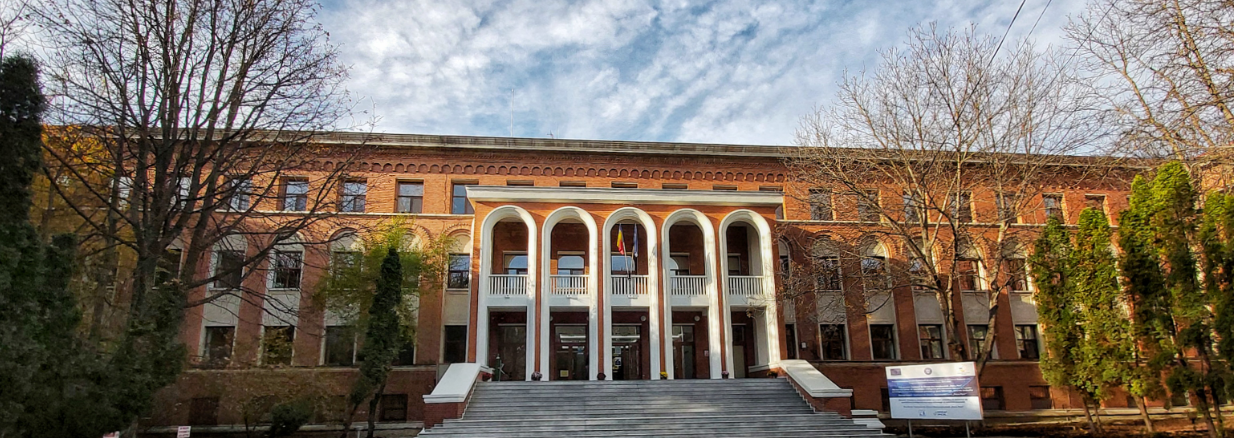|
Natural polymers present three important properties: multi-functionality, biodegradability and biocompatibility. Since many years the research group’ investigations were oriented to finding solutions for chemical upgrading of the main components of vegetal biomass, especially cellulose and lignin.
In this meaning, different research directions were developed such as
1. Isolation of cellulose and lignin from renewable vegetal materials;
2. Chemical functionalization of cellulose and lignin;
3. Incorporation of functionalized natural polymers in complex materials with special properties
Valuable and highly interesting results were obtained, developing the following objectives:
• Preparation of cellulose allomorphs and investigation of them structural polymorphism by physico-chemical methods, proposing an own estimation methodology of the structural features of cellulose allomorphs with different stages of accessibility.
• Dissolution of cellulose in aqueous alkaline solutions, at low temperature.
• Chemical functionalization of cellulose by: (i) treatments in homogeneous medium of cellulose with organophosphorus products in order to obtained cellulose derivatives with improved thermal resistance and with polyelectrolyte properties; (ii) acrylamide grafting on cellulose in the presence of a magnetic field in order to enhance the fiber hydrophilicity.
• Chemical functionalization of cellulose allomorphs by esterification reactions (acetylation of cellulose and synthesis of adamantoyl esters of cellulose).
• Chemical functionalization of lignin by (i) polyaddition reactions of lignin with epichlorohydrin, in the presence of an alkaline medium, in order to obtain lignin-epoxy resins; (ii) esterification reaction with acid chloride of fatty acid.
• Preparation of nanoparticles from natural polymers (cellulose or lignin) by using classical and unconventional methods.
• Preparation of hydrogels based on natural polymers, mixtures of natural/synthetic polymers, or which contain incorporated nanoparticles with potential application in biomedical field.
• Biocompatibility studies of hydrogels (drug release studies, cells viability and cells growth).
• Preparation of composites from natural polymers (cellulose and cellulose derivatives)/functionalized lignin and synthetic polymers (polyolefin, polyester, epoxydic resins) with good physico-mechanical properties, and biodegradability in different biological medium (soil burial tests, enzymatic degradation reaction).
• Study on cellulose binding capacity and changes in the supramolecular structure of different cellulosic fibers after their treatment with cellulose-binding domain (CBD) from Clostridium celulovorans and Paenibacillus Barcinonensis.
• Testing of resin derivatives, obtained by Diels-Alder reactions, as cross-linking agents for epoxidized vegetable oils
• Preparation of composites based on vegetable oils or epoxidized vegetable oils.
|








